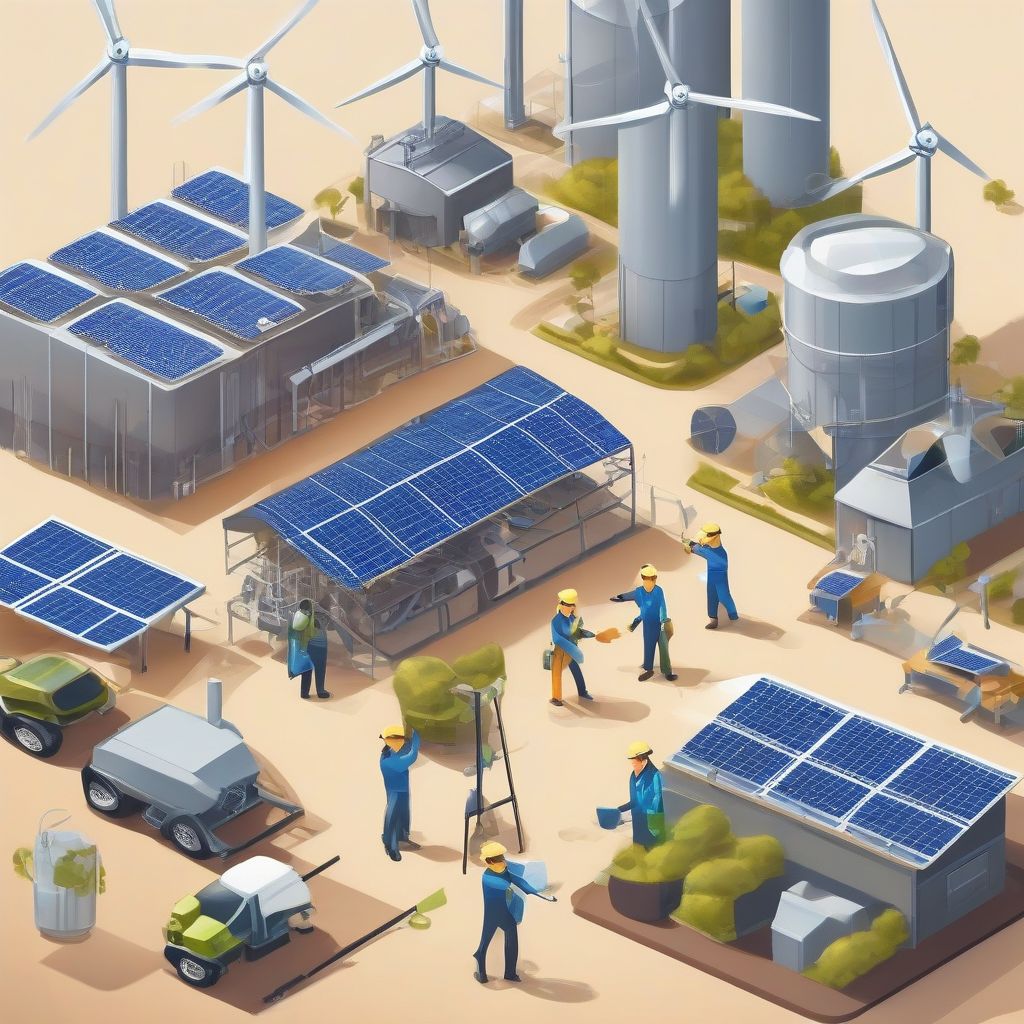Imagine a world where every product you buy contributes to a healthier planet. A world where sustainability isn’t a niche market, but the norm. This is the promise of the future of eco-conscious product development – a future driven by innovation, consumer demand, and a growing awareness of our interconnectedness with the environment.
What is Eco-Conscious Product Development?
Eco-conscious product development, also known as sustainable product development, goes beyond simply using recycled materials. It’s a holistic approach that considers the entire lifecycle of a product, from raw material extraction to end-of-life disposal. It aims to minimize environmental impact at every stage, while also creating products that are functional, desirable, and affordable. This means focusing on:
Minimizing Environmental Impact
This involves reducing the use of virgin resources, minimizing waste and pollution, and conserving energy and water. It also means designing products for durability and repairability to extend their lifespan. As a nutritionist and meal prep coach, I see parallels in how we approach healthy eating. Just as we strive to minimize processed foods and maximize nutrient-dense ingredients, eco-conscious product development seeks to minimize environmental harm and maximize resource efficiency.
Prioritizing Sustainable Materials
This encompasses using recycled and renewable materials, as well as bio-based alternatives to traditional petroleum-based plastics. Innovative materials like mycelium (mushroom roots) and algae are gaining traction for their versatility and low environmental footprint. Imagine packaging made from mushrooms that simply composts at the end of its life!
Designing for Circularity
The circular economy model aims to eliminate waste by keeping materials in use for as long as possible. This involves designing products for disassembly and reuse, facilitating easy repairs, and creating closed-loop systems where materials are recycled and reintroduced into the production process.
 Sustainable Product Manufacturing
Sustainable Product Manufacturing
Key Trends Shaping the Future
Several key trends are driving the evolution of eco-conscious product development:
Growing Consumer Demand
Consumers are increasingly aware of the environmental impact of their purchasing decisions and are actively seeking out sustainable products. This demand is pushing companies to prioritize eco-conscious practices and transparency. “Consumers are voting with their wallets,” says a leading sustainability consultant, “and companies are taking notice.”
Technological Advancements
Innovations in materials science, manufacturing processes, and recycling technologies are opening up new possibilities for sustainable product development. 3D printing, for example, allows for on-demand manufacturing, reducing waste and transportation emissions.
Increased Regulation and Policy
Governments around the world are implementing stricter regulations and policies to address climate change and promote sustainable practices. This is creating a level playing field for businesses and incentivizing eco-conscious innovation.
Collaboration and Partnerships
Companies are increasingly collaborating with suppliers, researchers, and NGOs to develop more sustainable products and supply chains. This collaborative approach is essential for driving systemic change.
Challenges and Opportunities
While the future of eco-conscious product development is promising, challenges remain:
Cost and Scalability
Sustainable materials and processes can sometimes be more expensive than conventional alternatives. Scaling up production to meet growing demand while maintaining affordability is a key challenge.
Supply Chain Complexity
Tracing the origin and impact of materials throughout the supply chain can be complex, particularly for global companies. Transparency and traceability are crucial for building consumer trust.
Consumer Education
Educating consumers about the benefits of sustainable products and how to dispose of them properly is essential for maximizing their impact.
Despite these challenges, the opportunities are vast. Eco-conscious product development can lead to:
- New markets and revenue streams
- Enhanced brand reputation and customer loyalty
- Reduced operational costs through resource efficiency
- A healthier planet for future generations
Conclusion
The future of eco-conscious product development is bright. Driven by consumer demand, technological advancements, and a growing sense of urgency, companies are embracing sustainability as a core business strategy. While challenges remain, the opportunities for innovation, growth, and positive impact are immense. As consumers, we can play a vital role by supporting companies that prioritize sustainability and making conscious purchasing decisions. Let’s work together to build a future where every product contributes to a healthier planet. What are your thoughts on how we can further accelerate the adoption of eco-conscious product development? Share your ideas in the comments below!



